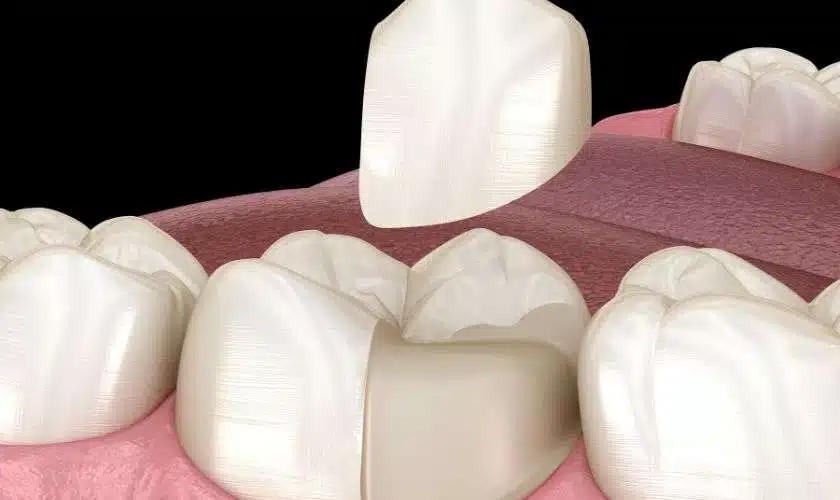The world of dentistry is complex yet fascinating. Dental inlays and onlays – two common procedures that can save a tooth – are part of this world. You may wonder what these terms mean. You’re not alone. These terms might sound like secret code words or part of a complex scientific theory. Fear not. They’re much simpler than you think. With the help of Dr. Wenli Loo, a distinguished general dentist, we’ll unravel the mystery of dental inlays and onlays.
What are Dental Inlays and Onlays?
Dental inlays and onlays are types of restorations. They tackle tooth decay or damage. Think of them as the middle ground between fillings and crowns.

Inlays vs. Onlays: The Differences
An inlay fits within the tiny points, or cusps, of a tooth. Onlays, on the other hand, cover one or more cusps. They’re used when the damage extends to the biting surface.
| Inlays | Onlays | |
|---|---|---|
| Coverage | Within the cusps | One or more cusps, extending to the biting surface |
| Use | Moderate tooth damage | Extensive tooth damage |
The Procedure
The application of inlays and onlays generally takes two visits. The first visit involves removing the decay and taking an impression of your tooth. The second visit is when the dentist fits the custom-made inlay or onlay.
Advantages of Inlays and Onlays
Both inlays and onlays bring about a couple of benefits. They are both long-lasting and strengthen your tooth by up to 75%. A skilled Santa Monica dentist can explain these restorative options in detail and determine if they’re the right fit for your dental needs. You can read more about this on The American Dental Association website.
Conclusion
Decoding dental terms like inlays and onlays doesn’t have to be intimidating. With a little help, we can make sense of these procedures. Remember, healthy teeth are an integral part of a healthy body. Let’s make dental health a priority together.

